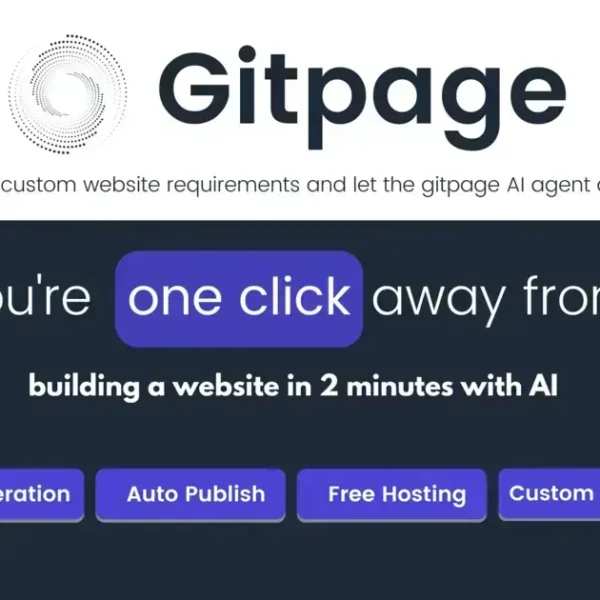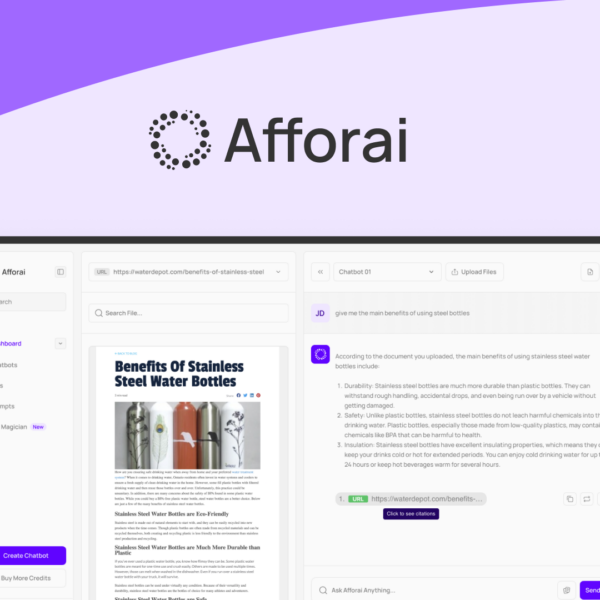Ever thought about making a smart purchase with SaaS Deals? You’re not alone! With so many options out there, knowing what to look for can really save you time and money. Let’s dive in!
Do Your Homework on the Developer and Company
Before making any lifetime SaaS deal, it’s crucial to do your homework on the developer and the company behind the product. This step can save you from future headaches and ensure you’re investing wisely.
Why Research Matters
Researching the company gives you insights into their track record. Have they released updates regularly? Are they known for quality service? These factors can greatly influence your user experience.
Check Reviews and Testimonials
Look for reviews online. Platforms like G2 and Capterra offer feedback from real users. Positive testimonials are a good sign, while negative criticism may indicate issues.
Analyze Their Support System
A responsive support team is vital. Check if the company offers multiple support channels like chat, email, or phone. This can be helpful if you face any difficulties down the line.
Investigate Financial Stability
Understanding the company’s financial health is also important. A financially stable company is less likely to disappear overnight, leaving you without support. Check their funding history and any recent news articles regarding their finances.
Ultimately, the more you know, the better decisions you can make. Doing your homework on the developer and company helps ensure that your investment in SaaS services is a smart one.
Check Recent Features Rolled Out

When considering a lifetime SaaS deal, it’s important to check recent features rolled out by the company. New features show that the company is active and focused on improving the software.
Why New Features Matter
Regular updates can enhance your experience. They may fix issues or introduce tools that improve usability. If a company hasn’t updated their software in a while, it might be a red flag.
Review the Change Log
Look for a change log on their website. This log lists all the recent changes and updates. It helps you see what the company is actively working on.
Gauge User Feedback on New Features
User feedback can reveal a lot. Are users happy with the new features? Check forums, social media, or review sites. This can give you insight into whether the updates are beneficial.
Consider Your Needs
Make sure the features align with your needs. Ask yourself: Will these updates solve my problems? Ensure that the company focuses on features that matter most to you.
By checking recent features, you can feel more confident in your decision. This step helps you choose software that will grow with you.
Evaluate Their Roadmap
Evaluating the roadmap of a SaaS company is a key step when considering their software. A roadmap shows their plans for future features and updates.
What is a Roadmap?
A roadmap is a visual guide that outlines a company’s upcoming features and goals. It helps you see where the product is heading.
Why It’s Important
Checking the roadmap gives you insights into the company’s vision. You can see if they are committed to growth and innovation, which can affect your satisfaction.
Look for Transparency
Companies should be transparent about their plans. A clear roadmap helps build trust. If the company shares regular updates and timelines, it indicates reliability.
Match With Your Needs
Make sure their future plans align with your business needs. If the roadmap includes features you want, it shows the company is listening to its users.
A well-defined roadmap can give you confidence in your investment. It helps ensure that the software will evolve and stay relevant over time.
Engage with Their Support

Engaging with a company’s support team is vital when considering a SaaS deal. Good support makes a significant difference in your experience.
Why Support Matters
If you run into issues, a helpful support team can solve problems quickly. You want to know that help is just a message away.
Test Their Response Time
Before committing, reach out to the support team with a question. Pay attention to how fast they reply and whether their answers are clear.
Explore Support Channels
Check the channels they offer. Do they have live chat, email, or phone support? Multiple options make it easier for you to get help when needed.
Read User Reviews on Support
User reviews often mention support experiences. Look for feedback about response times and effectiveness. Positive reviews can give you confidence in their services.
Having reliable support can save you time and stress in the long run. Don’t underestimate its importance when choosing your SaaS provider.
Decide on Current or Upcoming Needs
When choosing a SaaS deal, it’s essential to decide on your current or upcoming needs. This helps you pick software that truly fits your business.
Understand Your Business Goals
Start by outlining what you want to achieve with the software. Are you looking to save time, improve productivity, or streamline processes? Clarity in your goals will guide your decision.
Assess Current Pain Points
Identify any issues you’re facing now. Maybe you need tools for better collaboration or data management. Pinpointing these pain points will help you select a solution that addresses them.
Consider Future Growth
Think about your business’s future. Will you need extra features down the line? Choosing software that can scale with your needs is key to staying prepared.
Review Integration Options
Your chosen software should integrate well with existing tools. Ensure that it can work seamlessly with other systems you use now or plan to use soon.
By considering current and upcoming needs, you’ll make a smarter choice. This ensures that your SaaS investment brings long-term value to your business.




